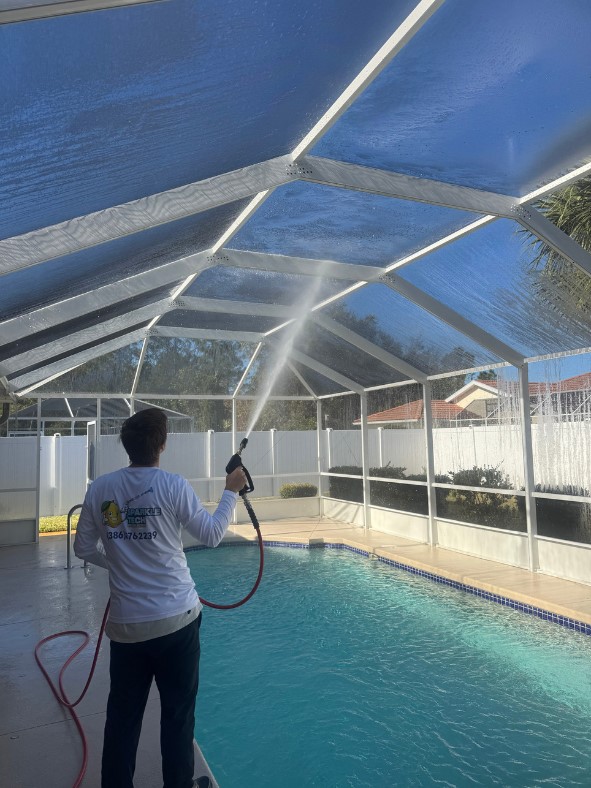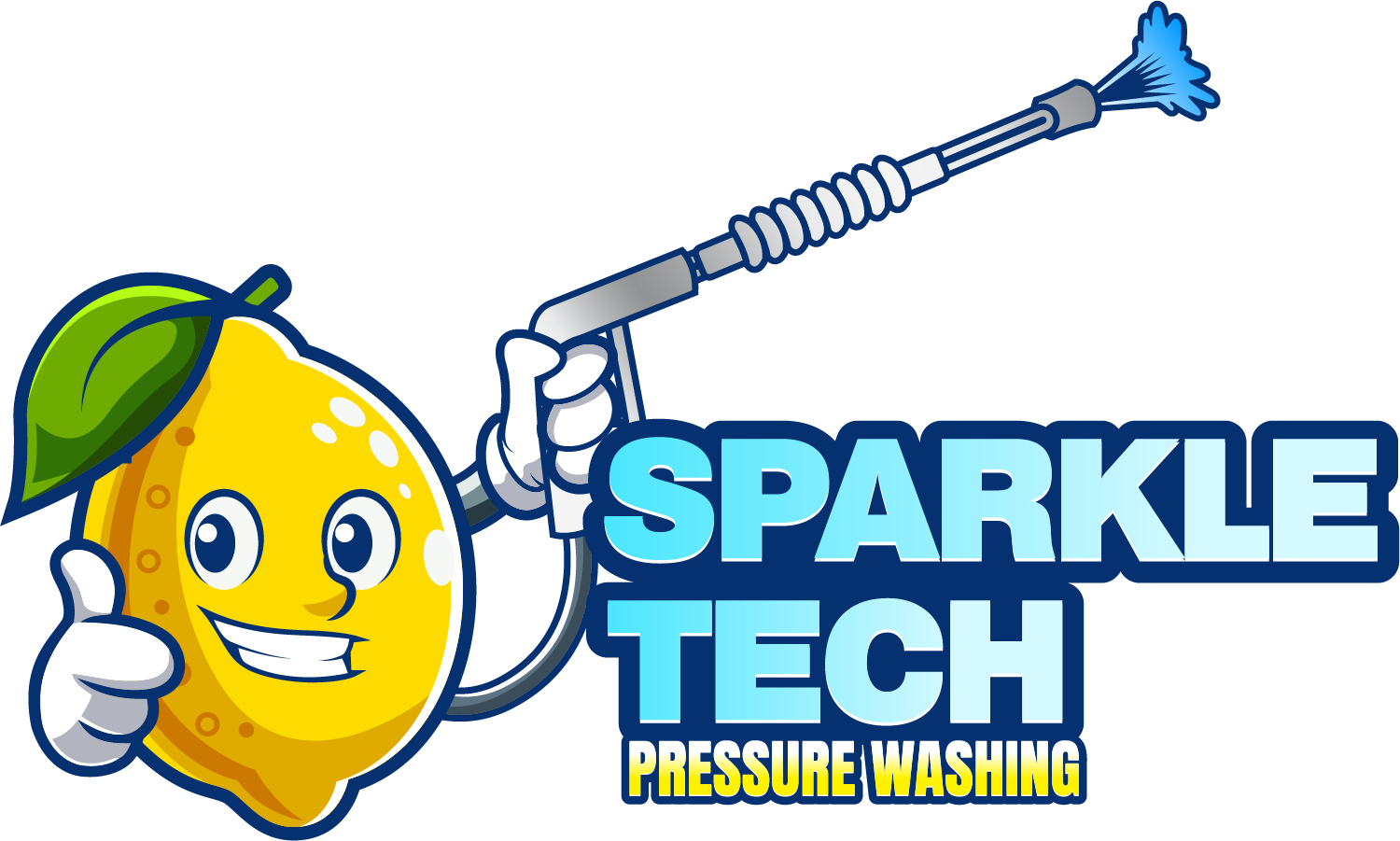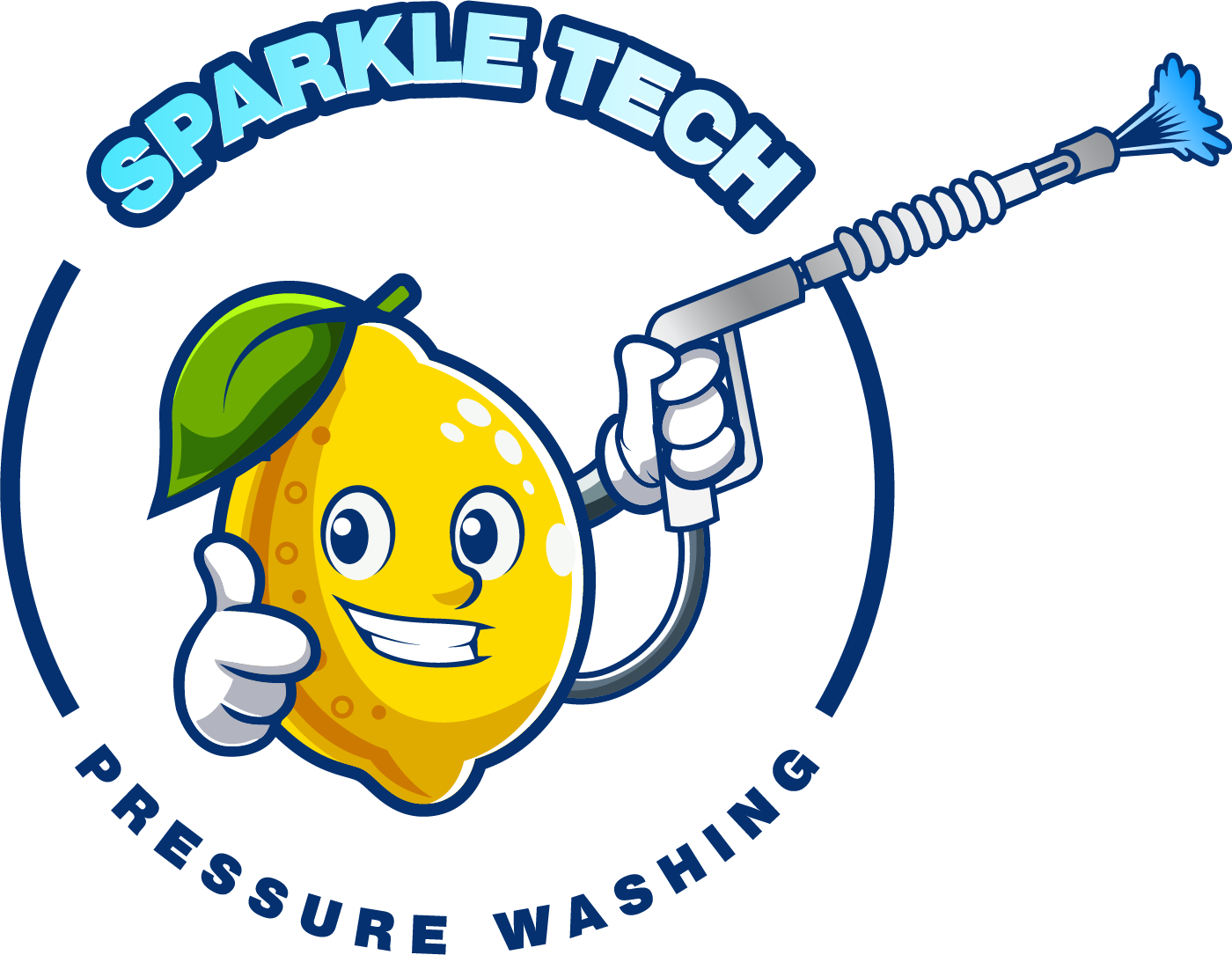Pressure Washing vs Power Washing: Understanding the Differences

Pressure Washing vs Power Washing: Understanding the Differences When it comes to outdoor cleaning, two terms are often used interchangeably: pressure washing and power washing. While both methods involve using a high-pressure water stream to clean surfaces, they are not the same. Understanding the differences between the two can help you make an informed decision on which method is best suited for your needs. In this blog post, we will dive into the key differences between pressure washing and power washing, how they work, their specific uses, and when you should choose one over the other. What is Pressure Washing? Pressure washing is a cleaning technique that uses a high-pressure water spray to remove dirt, grime, mold, mildew, and other contaminants from surfaces. This method typically involves a machine that generates pressure to propel water through a nozzle, which is directed at the surface to be cleaned. Pressure washing is effective on a wide variety of outdoor surfaces, including concrete driveways, patios, siding, fences, and decks. The water pressure used in pressure washing can be adjusted depending on the type of surface and how much cleaning power is needed. One of the main benefits of pressure washing is that it can remove dirt and grime from surfaces without the need for harsh chemicals or detergents. This makes it an eco-friendly and efficient way to clean outdoor areas, leaving them looking fresh and new. What is Power Washing? Power washing, on the other hand, is a similar method that also uses high-pressure water to clean surfaces, but it includes an additional feature: hot water. Power washers use heated water to clean surfaces, which makes them even more effective at removing stubborn stains, grease, oil, and other tough contaminants. The hot water in power washing helps to break down oils and greases that cold water in pressure washing may struggle to remove. This makes power washing the preferred method for cleaning surfaces like oil stains in a garage, grease on industrial equipment, or mold and mildew buildup in certain areas. Power washing can also be used on the same surfaces as pressure washing, such as driveways, decks, and fences. Key Differences Between Pressure Washing and Power Washing While pressure washing and power washing share similar goals and methods, there are a few key differences that set them apart: Water Temperature Pressure Washing: Uses cold water, which is effective for general cleaning tasks like removing dirt, debris, and mild stains. Power Washing: Uses hot water, making it ideal for tougher stains, grease, oil, and other sticky contaminants. Cleaning Power Pressure Washing: Relies solely on water pressure to clean surfaces, which can be sufficient for many residential cleaning tasks. Power Washing: The combination of hot water and high pressure allows for more aggressive cleaning, making it perfect for industrial and commercial applications. Surface Sensitivity Pressure Washing: Can be used on more delicate surfaces, as the water pressure can be adjusted to ensure no damage is done. It’s great for cleaning vinyl siding, wooden decks, or any surface that requires a gentle cleaning. Power Washing: The high temperature and pressure can sometimes cause damage to more sensitive surfaces. It’s important to use caution when power washing delicate materials like wood or painted surfaces. Applications Pressure Washing: Best for routine cleaning tasks on surfaces that are not heavily soiled or stained, such as cleaning sidewalks, driveways, and patios. Power Washing: Preferred for removing tough stains, grease, and mildew. It’s often used for commercial, industrial, or heavily soiled areas like garages, factory floors, and exterior walls that have been exposed to oil or other stubborn materials. When to Use Pressure Washing? Pressure washing is an excellent option for general cleaning tasks where only water pressure is required. Some of the most common scenarios where pressure washing is ideal include: Cleaning Driveways and Sidewalks: Over time, concrete and asphalt can accumulate dirt, stains, and grime. Pressure washing can easily clean these surfaces and restore their original appearance. Washing Vinyl Siding: Pressure washing is safe and effective for cleaning vinyl siding. It helps to remove dirt, algae, and mold without causing damage to the surface. Deck Cleaning: Wood and composite decks can benefit from pressure washing to remove built-up dirt, debris, and mildew. However, be sure to use a lower pressure setting to prevent damaging the wood. Patio and Outdoor Furniture Cleaning: Pressure washing is great for cleaning outdoor furniture, patios, and even fences. It is ideal for removing dirt and grime that accumulate over time. When to Use Power Washing? Power washing should be used when the task requires the added strength of hot water to deal with tougher contaminants. Here are some situations where power washing is the better choice: Removing Oil and Grease: Power washing is perfect for removing oil, grease, and stubborn stains from garage floors, driveways, and industrial equipment. The heated water helps break down these substances more effectively than cold water. Cleaning Mold and Mildew: The hot water in power washing is very effective at killing mold, mildew, and algae that can accumulate on building exteriors, roofs, and concrete surfaces. Heavy-Duty Industrial Cleaning: Power washing is commonly used in industrial applications, such as cleaning factory floors, equipment, and exterior walls that have been exposed to harsh elements and oils. Cleaning Boat Hulls and Outdoor Equipment: Power washing is ideal for cleaning boats, RVs, and other outdoor machinery, as it can easily remove dirt, salt, and other stubborn residues. Advantages and Disadvantages of Pressure Washing and Power Washing Advantages of Pressure Washing Cost-effective for general cleaning tasks. Eco-friendly as it doesn’t require chemicals. Safe for delicate surfaces like wood and vinyl. Effective for cleaning surfaces with lighter dirt accumulation. Disadvantages of Pressure Washing Not effective for heavy-duty cleaning tasks like removing grease or tough stains. Cold water may not be enough to remove mold and mildew completely. Advantages of Power Washing Removes stubborn stains, grease, and oil more effectively. Ideal for industrial and commercial applications. Effective at killing mold and mildew. Disadvantages of

